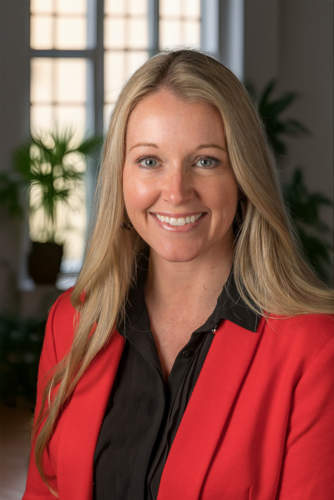Recruiting Rebuilt: How to Streamline Your Hiring Pipeline, Data, and Workflow


Recruiters are busier than ever, though not necessarily more productive. “We’re seeing three times more applications per recruiter today than just a few years ago,” said Meredith Johnson, chief product officer at Greenhouse, during a From Day One webinar on streamlining the hiring process. At small companies, that influx could mean 100 applications for a single job, and at larger companies–thousands.
“Today’s job seeker can use AI to mass apply for hundreds of roles in just a few clicks, and they’re customizing their resumes instantly,” she said. Recruiters’ inboxes are flooded with fraudulent, unqualified, or disingenuous applications, “and it’s creating a lot of false signals.”
Greenhouse tracked 300 million applications in a single year, which means that there could be 200 times more applications than roles filled in a given quarter. “Recruiters are spending upwards of 80% of their time sifting through this noise,” Johnson said.
Meanwhile, the teams doing that work are shrinking. “The average number of recruiters per team has dropped by 24%,” she said, and each recruiter is now handling triple the workload of a few years ago. Sorting candidates, especially at the top of the funnel, is getting harder.
Candidates, meanwhile, expect more: faster responses, transparent processes, and personalized communication. In short, Johnson said: “Recruiters are stuck with quite a bit of chaos.”
‘From Requisition Takers to Talent Strategists’
Johnson says that recruiters can break this cycle not only with automation, but with strategy. For reactive hiring teams, work starts when a role opens. For proactive hiring teams, the work is building the workforce at all times. Johnson wants to help recruiters go from “requisition takers to talent strategists,” continuously building relationships and pipelines.

That requires structure and consistency. Johnson described one client whose hiring process varied wildly–each manager had their own way of evaluating candidates, and no candidate’s experience was like the next. By standardizing the process and criteria, the company created a more equitable and more predictable system. The new structure also allowed recruiters to act as advisors, not just box-tickers.
Johnson emphasized that AI isn’t meant to replace recruiters–it will help them work efficiently. The recruiter remains in charge of the process and rubrics, while the tech can handle things like candidate sentiment analysis and flagging potentially fraudulent applications. With smarter tech, recruiters can then prioritize real candidates who express genuine enthusiasm for the role, without removing human judgement or sacrificing the candidate experience.
AI makes it easy for good-faith candidates to apply easily, and makes it easier for bad actors to do the same. Greenhouse has found that nearly one percent of resumes contain some kind of trick like inflated skills or falsified experience. One percent may sound like a small figure, but when a company receives 2,000 applications for a single role, those numbers add up.
To address this, Johnson pointed to Greenhouse’s partnership with Clear, which allows recruiters to confirm a candidate’s identity at any point in the hiring process they choose. “It’s as simple as taking a selfie photo and uploading the government ID.”
As the pressure on recruiters to do more with less continues, the next phase of talent acquisition will depend on how effectively teams can balance automation with human judgment, using AI to find the signal in the noise.
“Recruiters are being forced to spend a lot of critical time and energy manually sifting through hundreds or thousands of resumes,” Johnson said. “What they really want to do, and what they’re skilled at, is building relationships with truly qualified talent and moving those candidates through the process.” And that’s what she wants to give them.
Editor’s note: From Day One thanks our partner, Greenhouse, for sponsoring this webinar.
Emily McCrary-Ruiz-Esparza is an independent journalist and From Day One contributing editor who writes about business and the world of work. Her work has appeared in the Economist, the BBC, The Washington Post, Inc., and Business Insider, among others. She is the recipient of a Virginia Press Association award for business and financial journalism. She is the host of How to Be Anything, the podcast about people with unusual jobs.
(Photo by Pakin Jarerndee/iStock)
The From Day One Newsletter is a monthly roundup of articles, features, and editorials on innovative ways for companies to forge stronger relationships with their employees, customers, and communities.